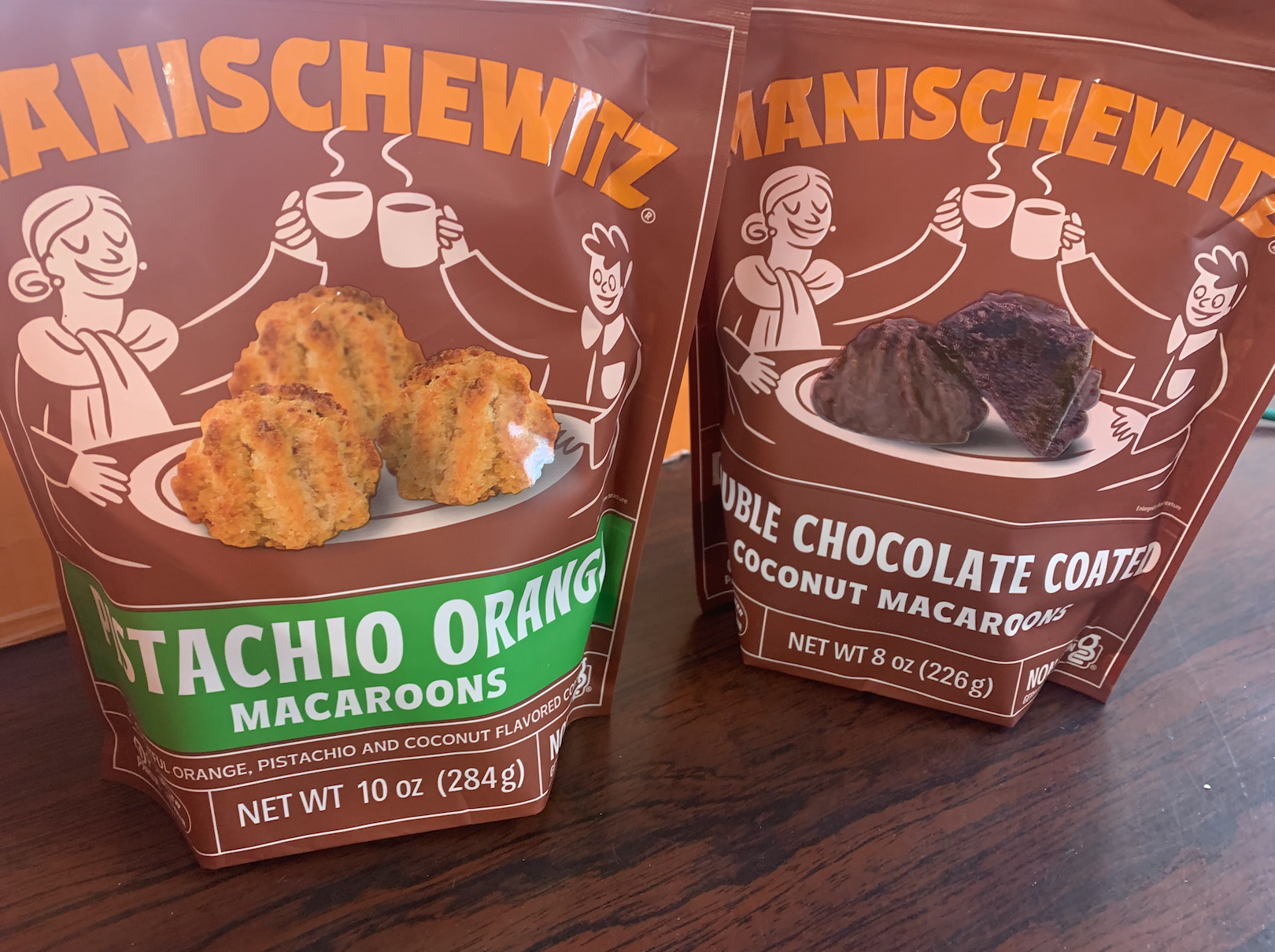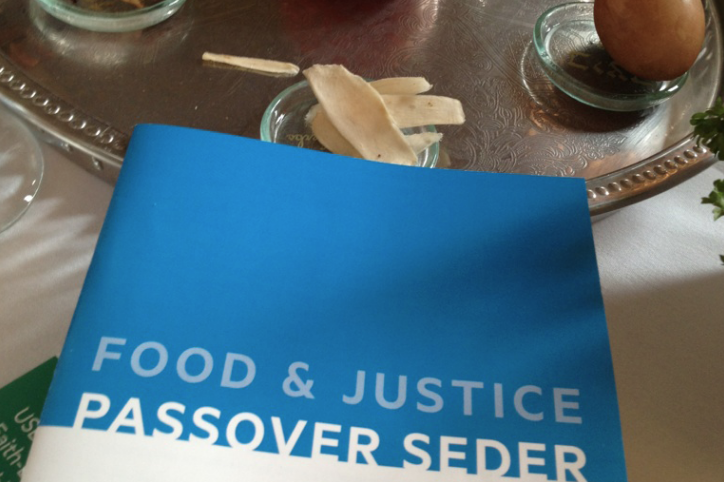(MyJewishLearning) — On the morning before Passover, many synagogues will have what look like small bonfires burning in their driveways. This is the ritual known as biur hametz, the burning of leavened products.
Traditionally, this is the last step in a multi-stage process of ridding one’s house of all leavened products that begins days, if not weeks, prior to Passover. The process often begins with a thorough Passover house cleaning and the quarantine of any hametz that will not be removed to a specific location. Many Jews have the custom of selling any hametz they do not discard to a non-Jew for the duration of the holiday. Finally, a last search for anything that was missed is performed the night before the holiday, a ritual known as bedikat hametz (checking for hametz).
The following morning, any hametz that was turned up during the search is burned. Many Jews have the custom of planting a few last pieces of bread around the house so there will be something to discover and burn the following morning. Jewish law mandates a specific time by which the burning must be complete. Synagogues often light fires that their congregants can use to do the burning, but some people do it themselves.
Once the burning is complete, it is customary to make the following declaration:
May all hametz or leaven that is in my possession, whether I have seen it or not, whether I have removed it or not, be annulled and deemed like the dust of the earth.





